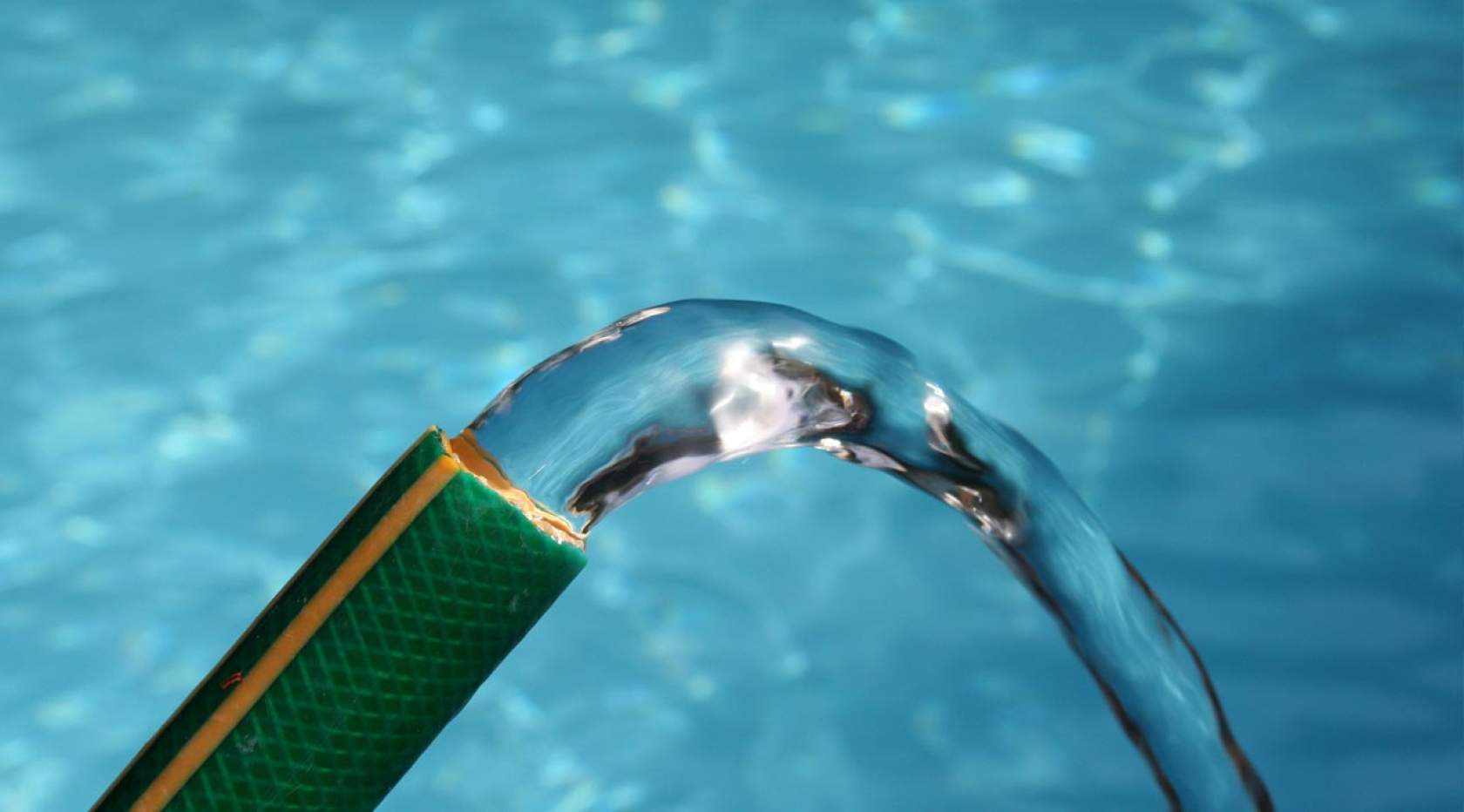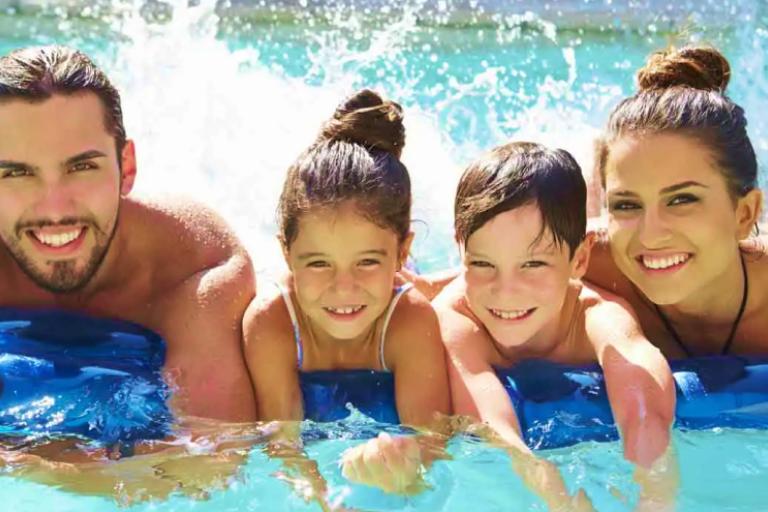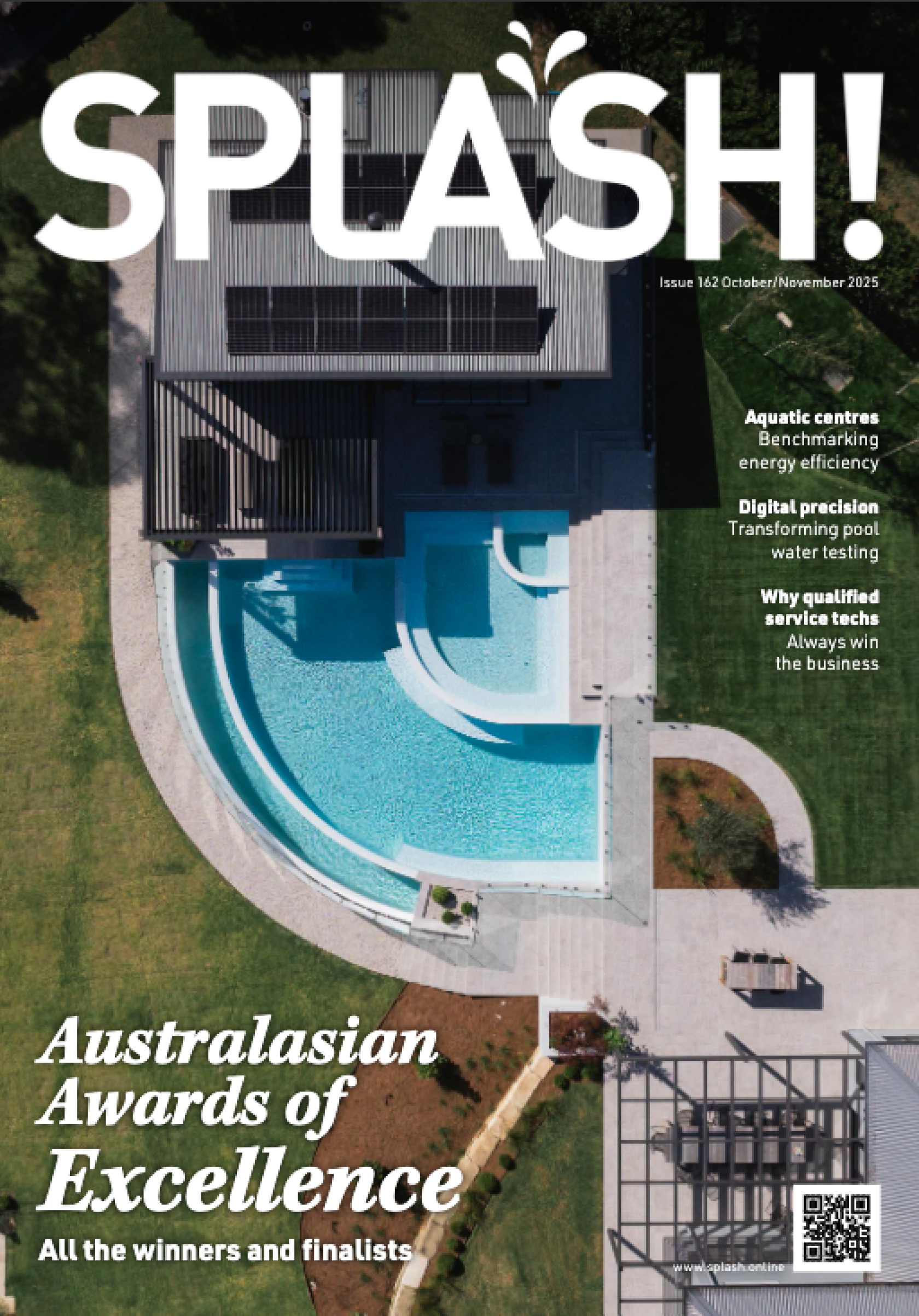Pool top-ups exempt in new water restrictions

UPDATE: Sydney, Blue Mountains and the Illawarra will be under Level 2 restrictions from December 10, 2019. See this link for more
Hunter may also move into Level 2 restrictions from January 20, 2020. See this link for more.
For the latest information on water restrictions in your location contact SPASA Australia.
The recent downpours on the east coast of Australia have come too late to prevent the Sydney dam levels plummeting, triggering the operation of the desalination plant. At the same time, the NSW government announced that Level 1 Water Restrictions would apply from June 1 under the state’s Metropolitan Water Plan.
Sydney Water have said the city’s dams have fallen faster over the past two years than during the millennium drought, with inflows at low levels not seen since the 1940s.
Water restrictions will apply to both residents and businesses in Sydney, the Blue Mountains and the Illawarra.
Topping up of swimming pools through normal use and evaporation is exempt at this stage, but filling a new or renovated pool greater than 10,000 litres requires a permit, which in turn needs the installation of a Climate Care endorsed swimming pool cover.
Industry/regulator negotiations
SPASA COO Spiros Dassakis says we are starting to see energy and water regulators working with industries like never before, and that SPASA has been working hard with Sydney Water to ensure they have a better understanding of how the swimming pool and spa industry operates, as well as advocating to limit the impact on swimming pool and spa businesses and owners.
“The benefit of this is we have an opportunity to influence outcomes based on industry best practice, innovation and design when it comes to water and energy sustainability,” he says.
“SPASA has been working for some time with Sydney Water and SEQ Water to ensure our entire industry is not significantly negatively impacted through initiatives brought about to restrict water use by the regulator. As an industry we are grateful that the regulator is working with SPASA Australia to reach our combined objectives of conserving water and using it more efficiently.”
Climate Care
Dassakis says that the Climate Care Program is playing an important role in this.
“The regulators are taking water and energy seriously. The government wants action and the consumers expect it we already have our own industry-owned water and energy scheme. We are going to see more of these types of things and there is no better time to take control of the process before the regulators do,” he says.
“It is a positive sign that the regulators have appointed Climate Care Program as the certifier for endorsement under their scheme.”
Level 1 water restrictions
• You can’t leave a hose unattended, unless you are topping up a pool
• You will need a permit to fill a new or renovated pool greater than 10,000 litres. Having a pool cover that is *endorsed by the Swimming Pool and Spa Association of Australia (SPASA) is a condition of the permit
• Your hose must have a trigger nozzle, wand or other attachment with an instant on-off mechanism, and you need to water your lawns and gardens before 10am or after 4pm
• The use of sprinklers and watering systems is not permitted, except for drip irrigation systems or automated watering systems with controllers that automatically adjust watering details based on changing soil moisture or weather conditions
• Hosing hard surfaces like paths and driveways is not permitted. However, you can always spot clean areas for health and safety reasons, or in an emergency
• You can only wash vehicles, boats and buildings with a bucket, a hose fitted with a trigger nozzle or high-pressure cleaning equipment
* Endorsed means under SPASA’s Climate Care Certified program
Level 1 exclusions
Exclusions are a list of water sources and uses where restrictions don’t apply. There is no need to apply for these, and they available to everyone. The following are excluded from the restrictions:
• Topping up swimming pools to replace water lost through normal use, including evaporation
• Recycled water (from non-potable pipework)
• Greywater
• Bore water and water taken from rivers
• Rainwater (as long as the tank/dam isn't topped up from, or switched to, the drinking water supply)
• Water parks
• Water used for firefighting, testing and related activities
• Water used for dust suppression & concrete mixing
• Auto (drive through) car washes
• Flushing boat engines and using hoses with trigger nozzles/high pressure cleaning equipment to clean bilges and essential safety components on boat trailers such as brakes and wheels
• Drip irrigation systems, or automated watering systems incorporating soil moisture sensors
• Watering of newly laid turf by handheld hose or sprinkler for a period of 7 days from date of installation




